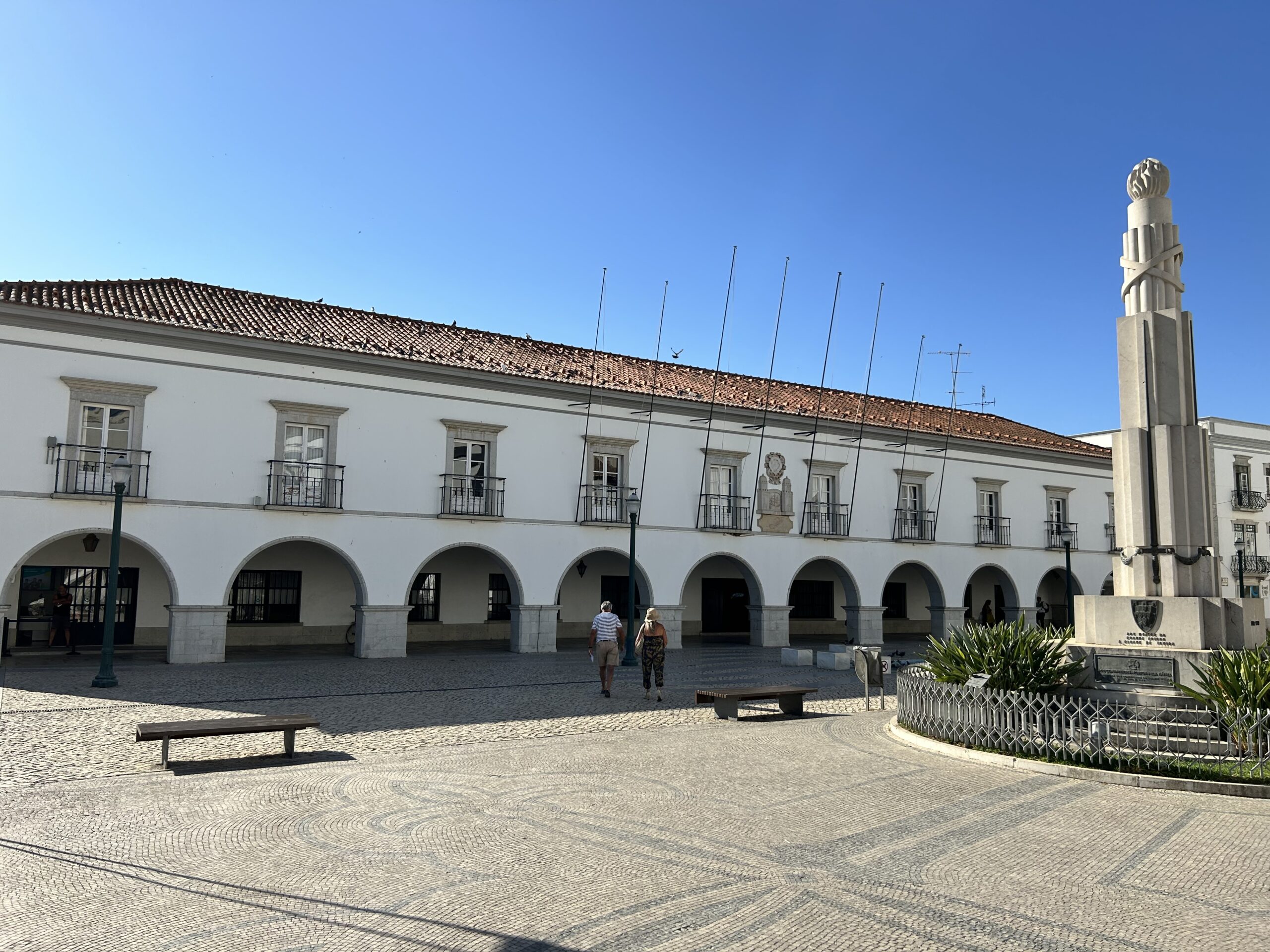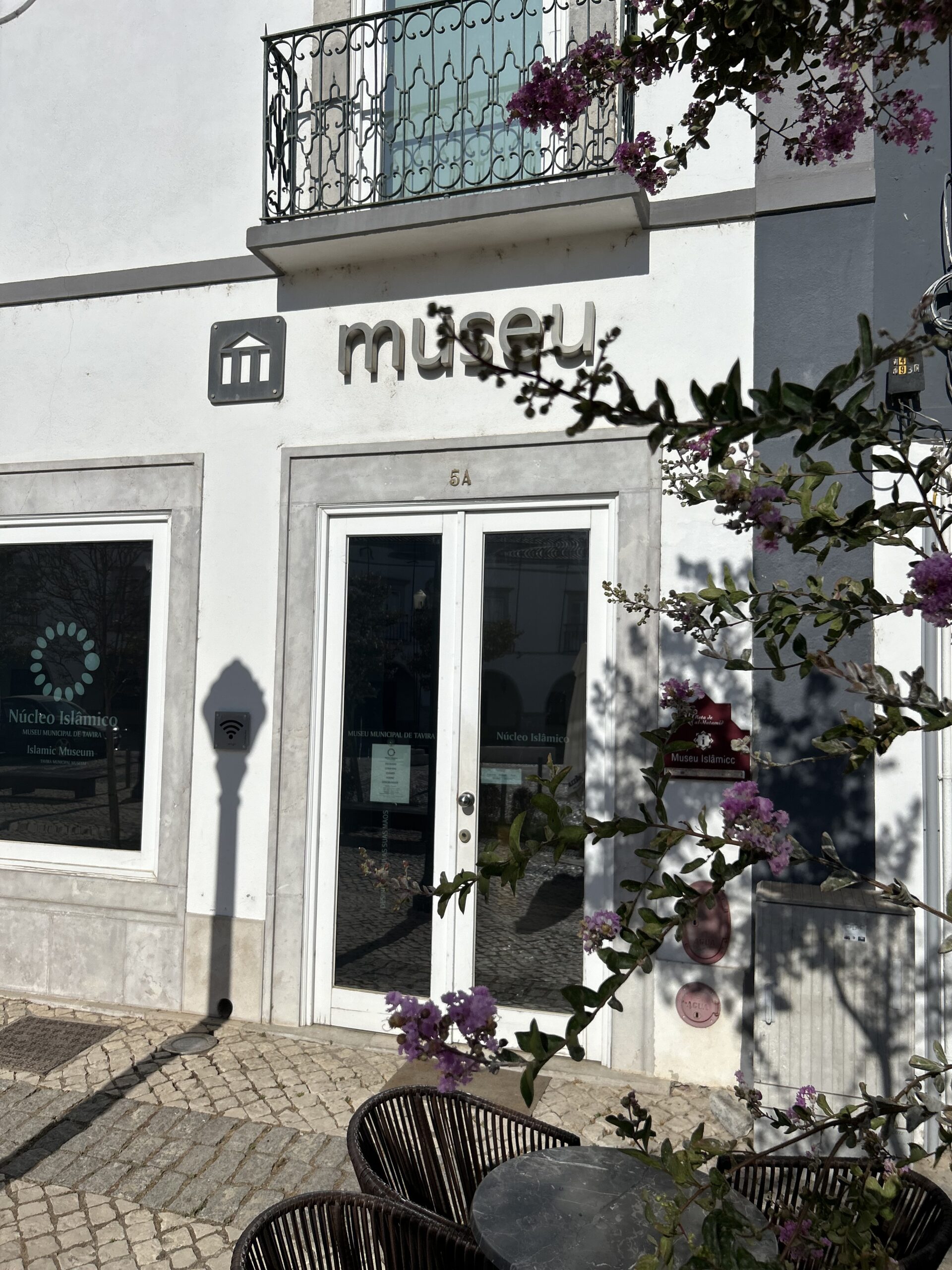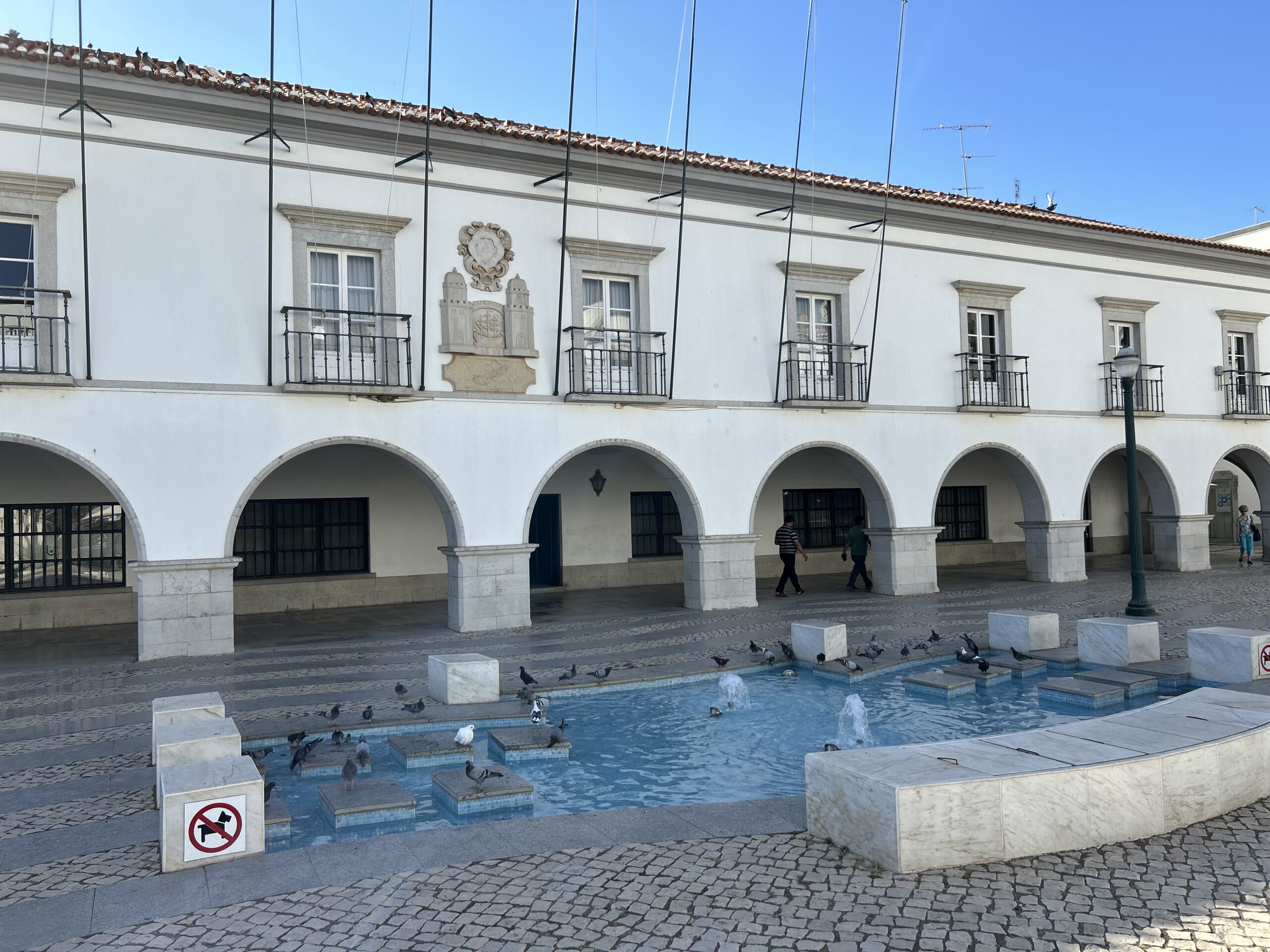Chapel of Our Lady of Consolation
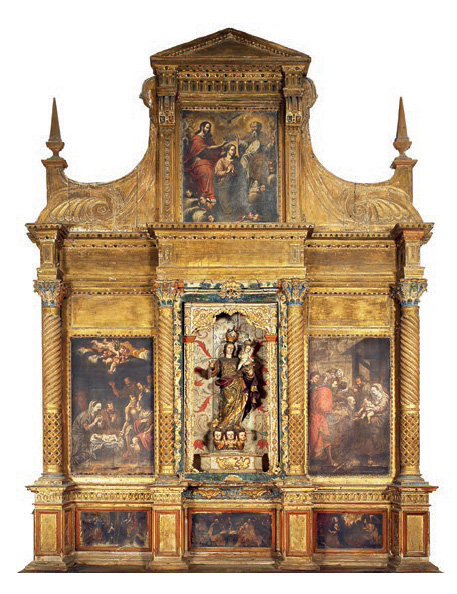
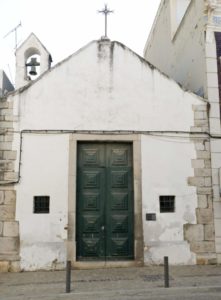
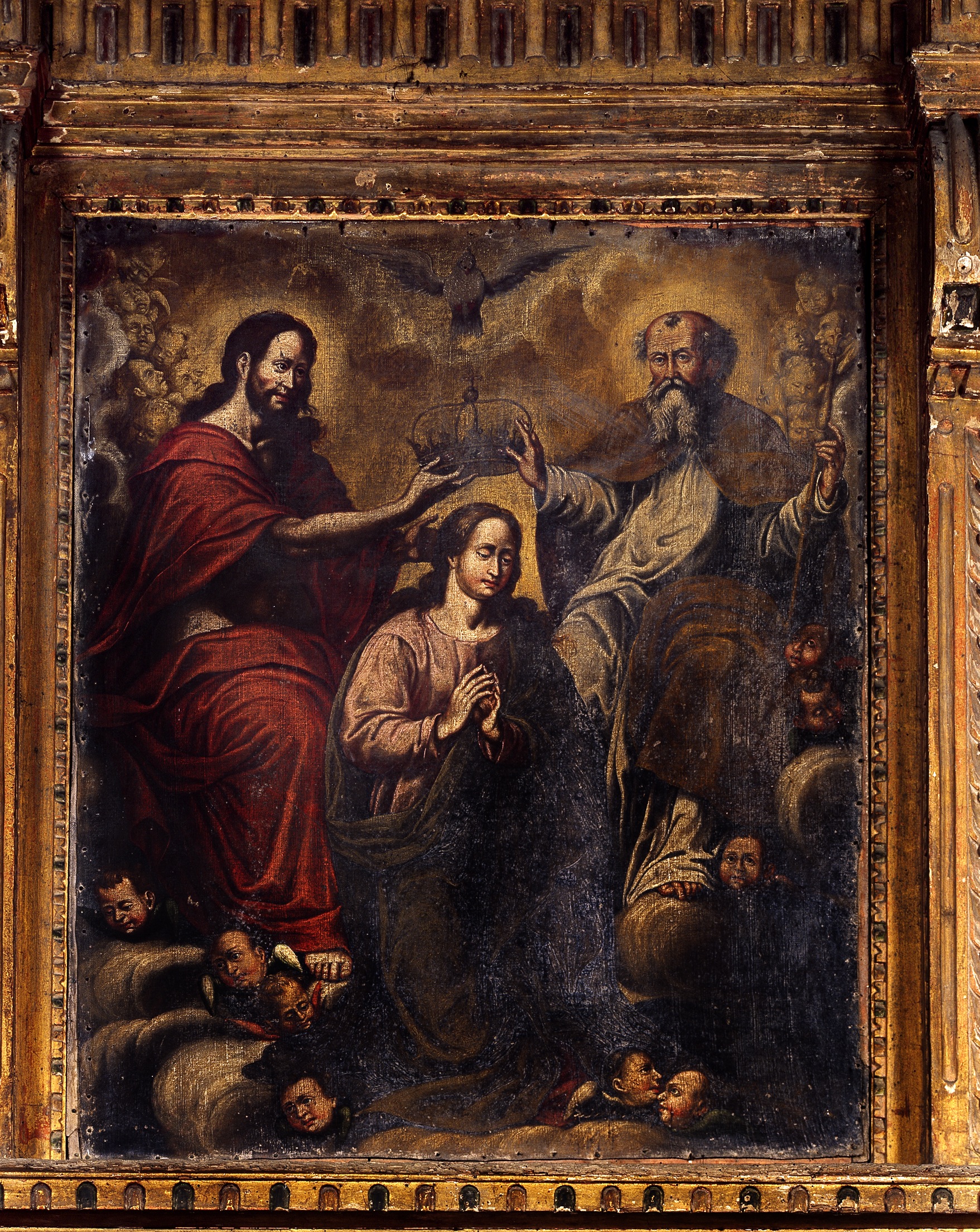
According to tradition, this is where the condemned spent their final hours
Its origins date back to 1648, when the Confraternity of Our Lady of the Consolation of Prisoners (Confraria de Nossa Senhora da Consolação dos Presos) was created. The chapel of Our Lady of Consolation was located next to the old Alfeição Gate and the old jail, both of which were demolished in 1918. The Confraternity of Our Lady of the Consolation of Prisoners was formed with the specific aim of providing moral and spiritual support to the inmates of the old Tavira jail.
The chapel is very sober. It consists of a single small body with a wooden roof. The sacristy, the hermit houses and one of the Passos do Senhor side chapels, attached to this religious building, were destroyed at the beginning of the 20th century. Worthy of note within is the interior decoration, which includes 17th-century polychrome tiles in the wainscoting, an 18th-century canvas of Christ with the Cross (which once belonged to one of the Passos), and a 17th-century altarpiece with the image of Our Lady of Consolation and paintings alluding to the life of the Virgin, by the Algarvian painter João Rodrigues Andino, namely The Adoration of the Shepherds, The Adoration of the Magi, The Coronation of the Virgin, and, on the predellas, the Presentation of the Virgin in the Temple, the Last Supper and the Annunciation.
Freguesia: Tavira 